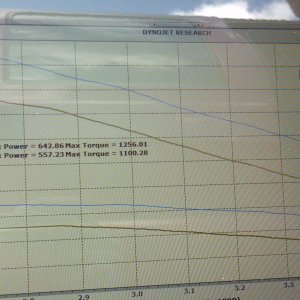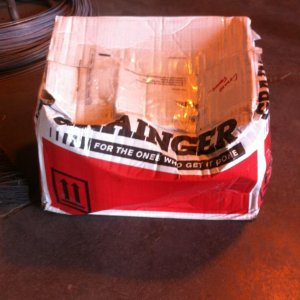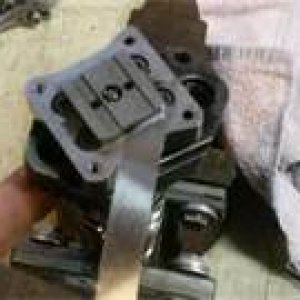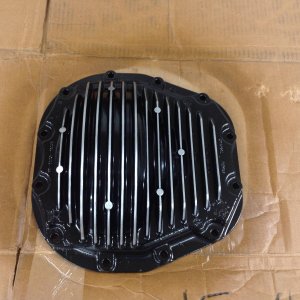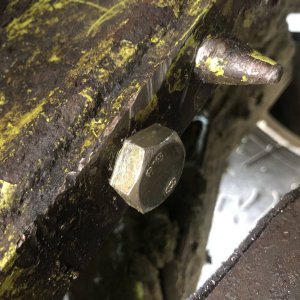So are you saying the FICM plays no roll in power loss?
of course it
can...but not because of
software limitations (sent from the FICM) TO the ECM...
there are HUNDREDS of FICM's we repair &/or modify each
week that prove that a FICM IS responsible for loss of power, performance, fuel economy, etc...but these are
hardware failures...
The immediate loss of performance/economy, etc after a (dealership) reflash to the FICM is most likely caused by one of two reasons...
When Ford 'reflashes' a truck...they are flashing both the ECM & the FICM...the inductive heating strategy (there are hundreds of variants) forced the FICM to send signaling to the (off coils) onthe 7 non-firing injectors to increase oil temperature..as well as minimize spool stiction...
these flashes more than quadrupled the CURRENT draw through the FICM..which overloaded the hardware components on the FICM....which is what causes the boards to flex, de-solder themselves..as well as burn up one or more of the power supplies. In this scenario..the software CAUSED the hardware to fail...since the FICM's were not designed from DAY ONE to operate with any type of IH strategy...
and since Ford also reprogrammed the ECM...all bets are OFF as to what changes the ford calibration engineers (tuners) decided to make with regards to injection timing...pressure..and duration...
the relationship between the ECM & FICM is similar to a master/slave relationship...
the ECM is responsible for interpreting engine(and trans) sensor signals...but the ECM is merely a low voltage processor. The ECM is not robust, electronically, enough to directly deliver 48+/- volts to the fuel injector solenoids...
The ECM (or, more accurately, the software ON the ECM) determines WHEN to fire the injectors, how long to fire the injs, as well under what pressure to fire the injs...
The FICM merely receives (low voltage) inputs
from the ECM...and spits out the appropriate duration (high voltage) signal to the individual injector solenoids...at the right time.
hardware failures within the FICM can (and regularly DO) result in changes to (mechanical) timing...but only because low (FICM) voltage<or low current flashes> will create substantial LAG in the movement of the spool valve...mechanically delaying the injectors' firing.
The FICM doesn't tell the ECM what to do...it's the other way around...
I imagine that one of the changes that the (aftermarket) FICM software "calibration engineers" are able to manipulate is the duty cycle of the electrical signal...but not the voltage...otherwise...you could just have your 'low voltage' FICM "flashed" back to 48v LOL...
Changes to the duty cycle (increasing the frequency of the signals being sent) could result in quicker
response of the spool...
basically a higher voltage and/or a higher frequency signal will develop a magnetic field more quickly...which will (slightly) affect mechanical 'timing'...but not the timing
called for by the ECM...
all this chit works hand in hand...but the FICM is relatively stoopid when compared to the ECM.

